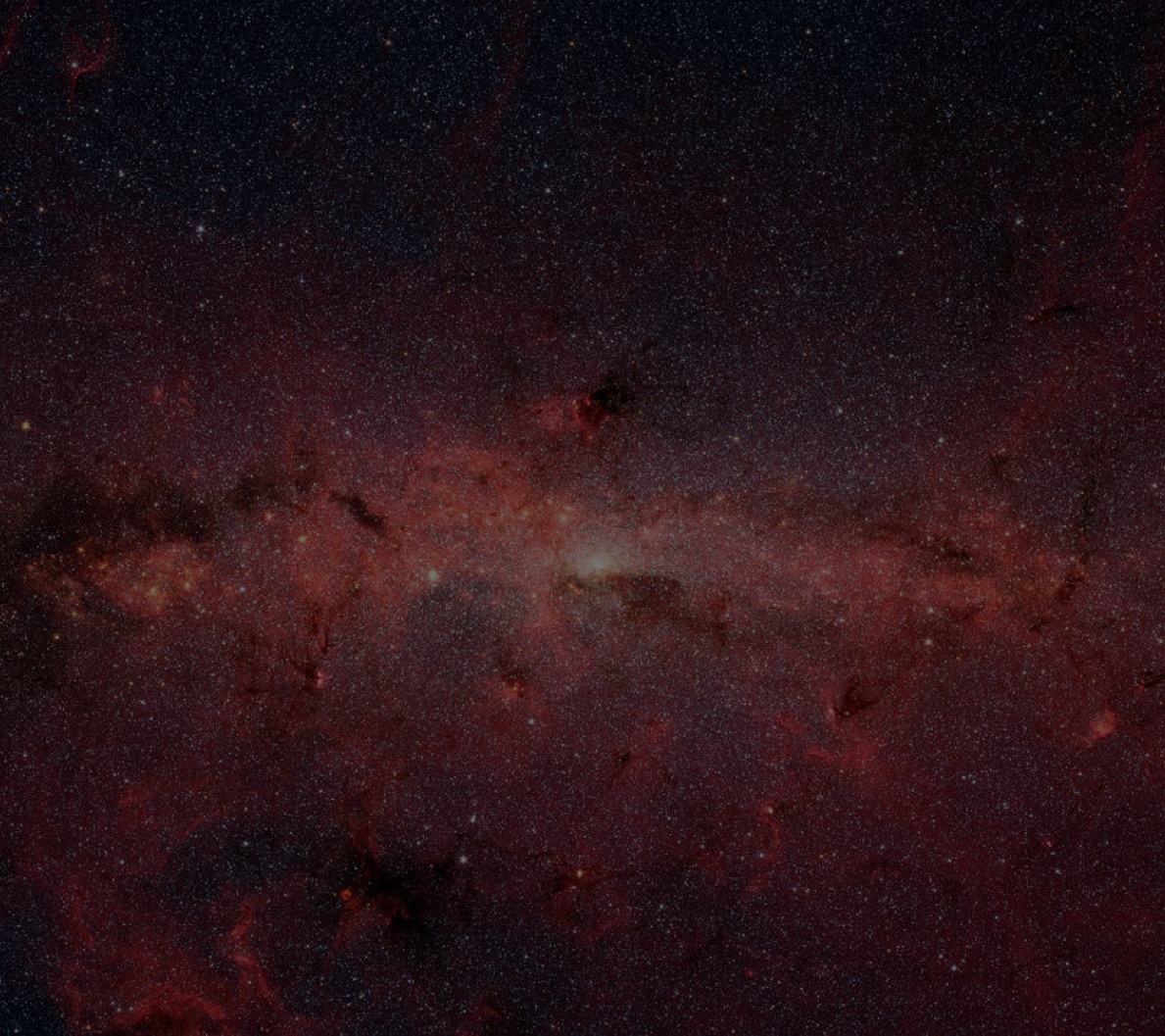Exoplanets Multimedia
Filters
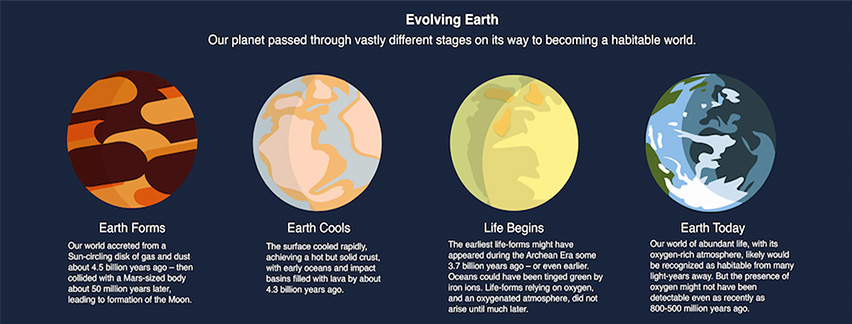
Evolving Earth
Our planet passed through stages to become a habitable world.
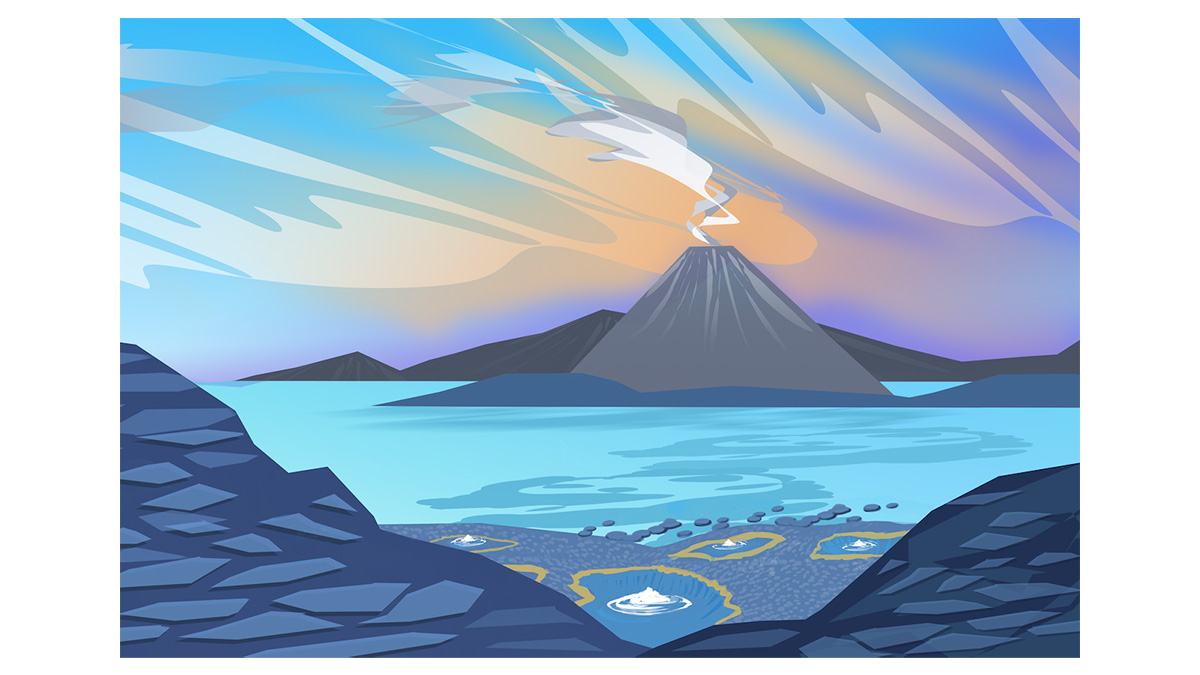
Ancient Earth Surface
Illustration of Earth's surface as it might have looked 3.8 billion years ago.
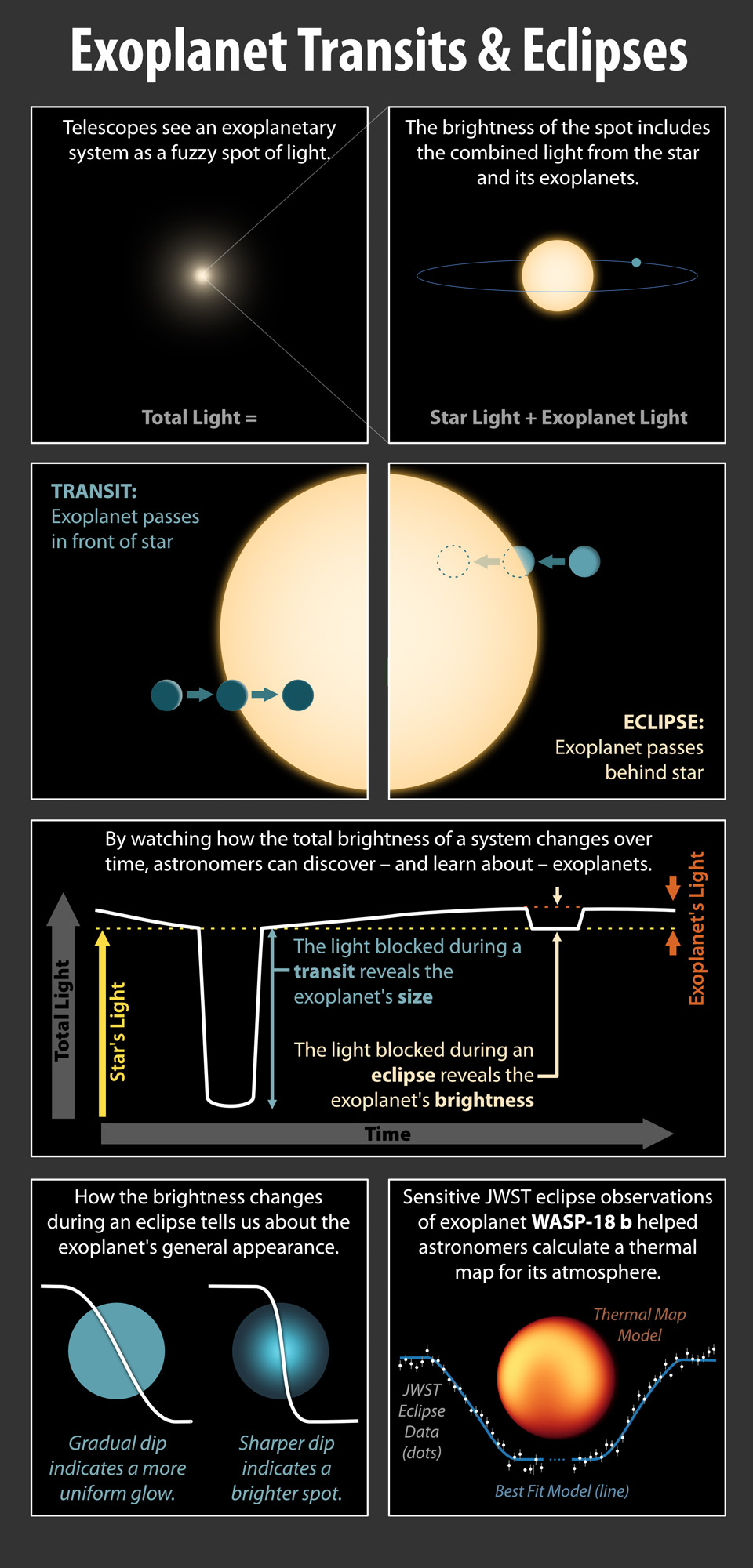
Exoplanet Eclipses and Transits for WASP-18 b
Scientists used the James Webb Space Telescope to observe the exoplanet WASP-18 b and its star before, during and after…

WASP-18 b: Animation of an Exoplanet Eclipse
Researchers made a brightness map, tracing the glow from hot regions of WASP-18 b as it slipped behind, and reappeared…
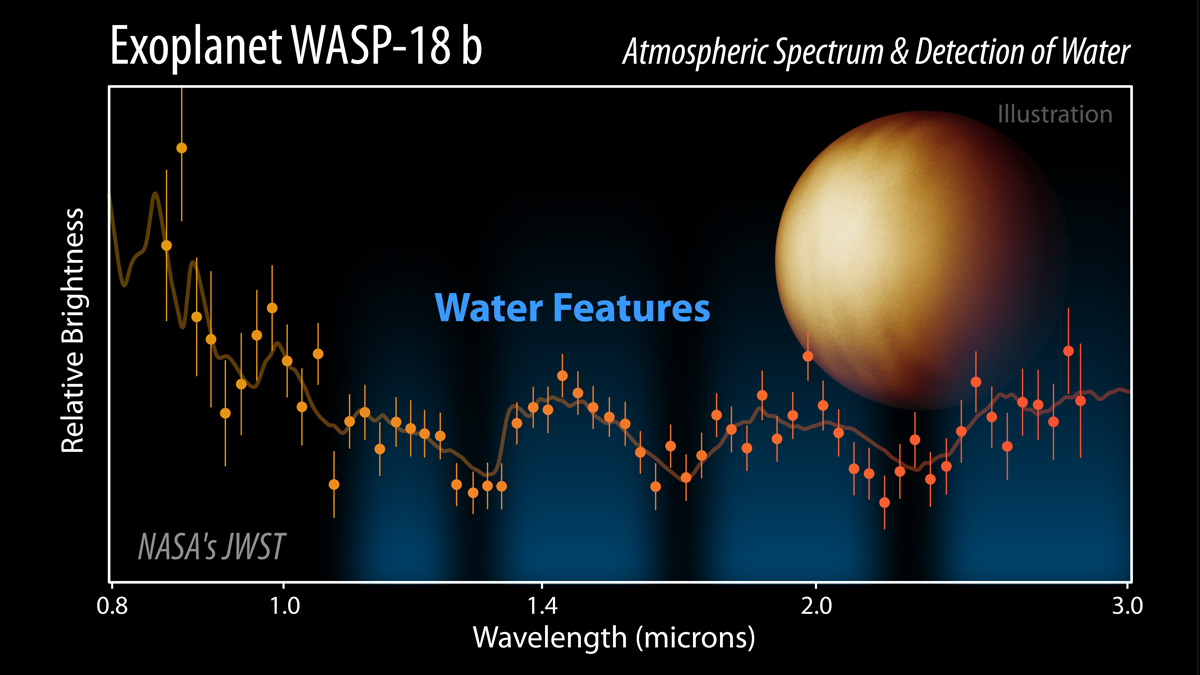
WASP-18 b Atmospheric Spectrum from James Webb Space Telescope
The Webb Telescope directly observed water vapor on WASP-18 b, a gas giant exoplanet, in even relatively small amounts in an…
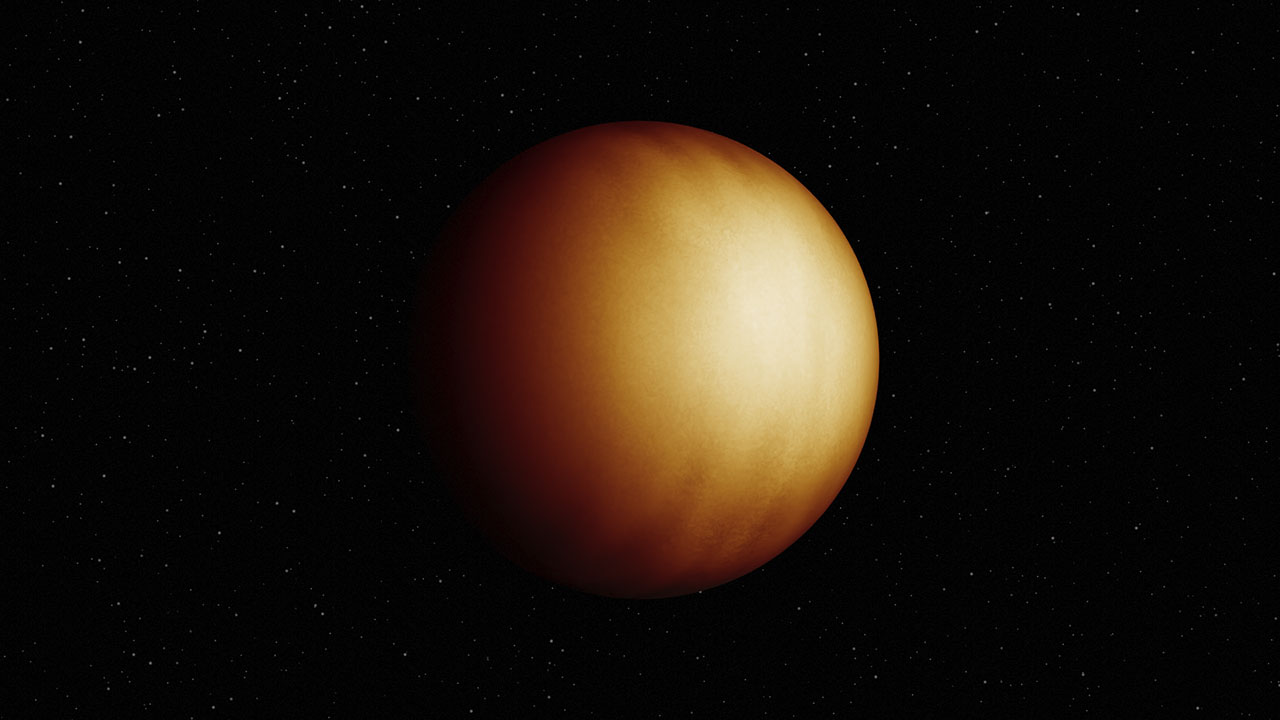
WASP-18 b Illustration
WASP-18 b is a gas giant exoplanet 10 times more massive than Jupiter that orbits its star in just 23 hours.…

Video: O TRAPPIST-1, How Lovely Are Thy Planets
We've wanted to study the TRAPPIST-1 exoplanets with the James Webb Space Telescope since its Christmas Day launch in 2021.…
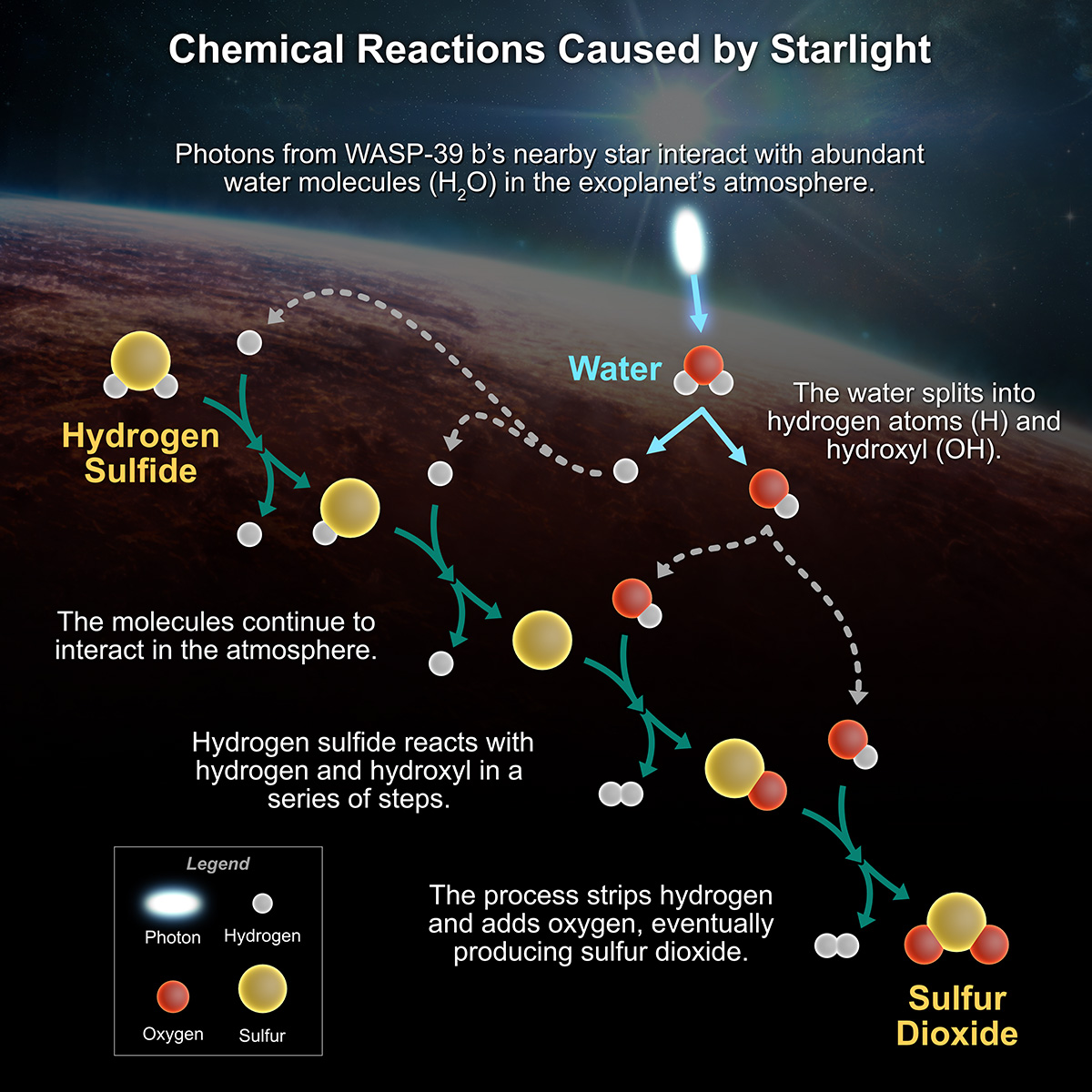
Infographic: Chemical Reactions Caused by Starlight
Analysis of the exoplanet WASP-39b identified the sulfur dioxide. Its presence can only be explained by photocemistry.
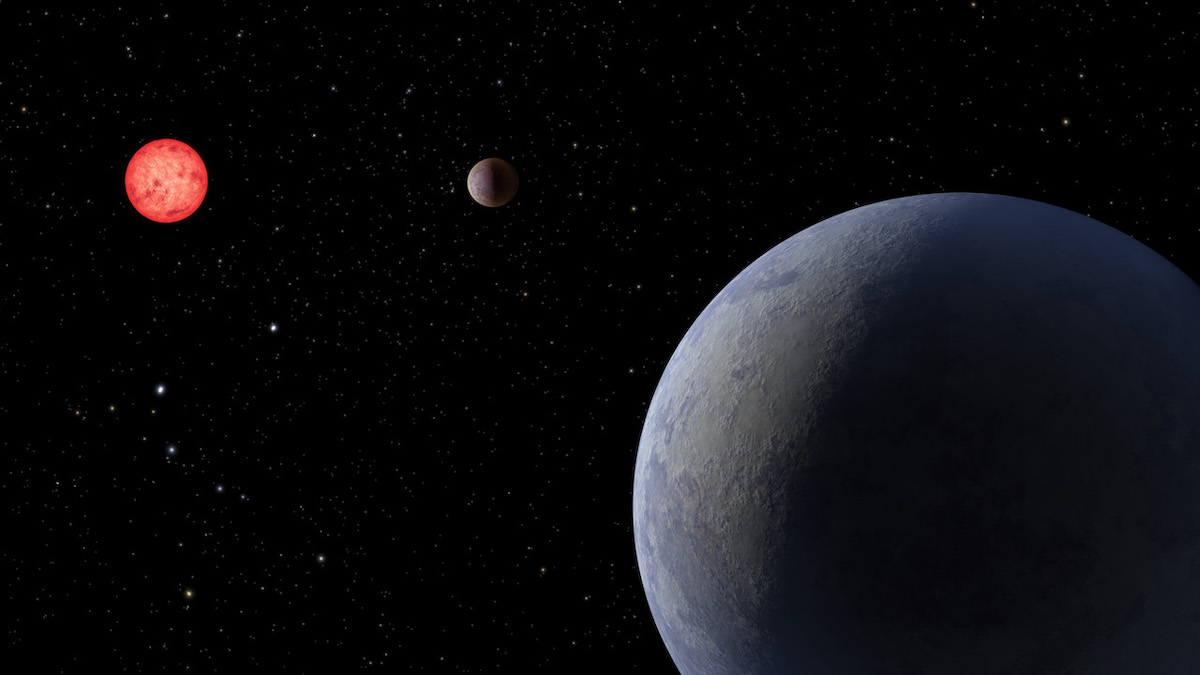
Super-Earth LP 890-9 c illustration
Illustration of super-Earth LP 890-9 c

